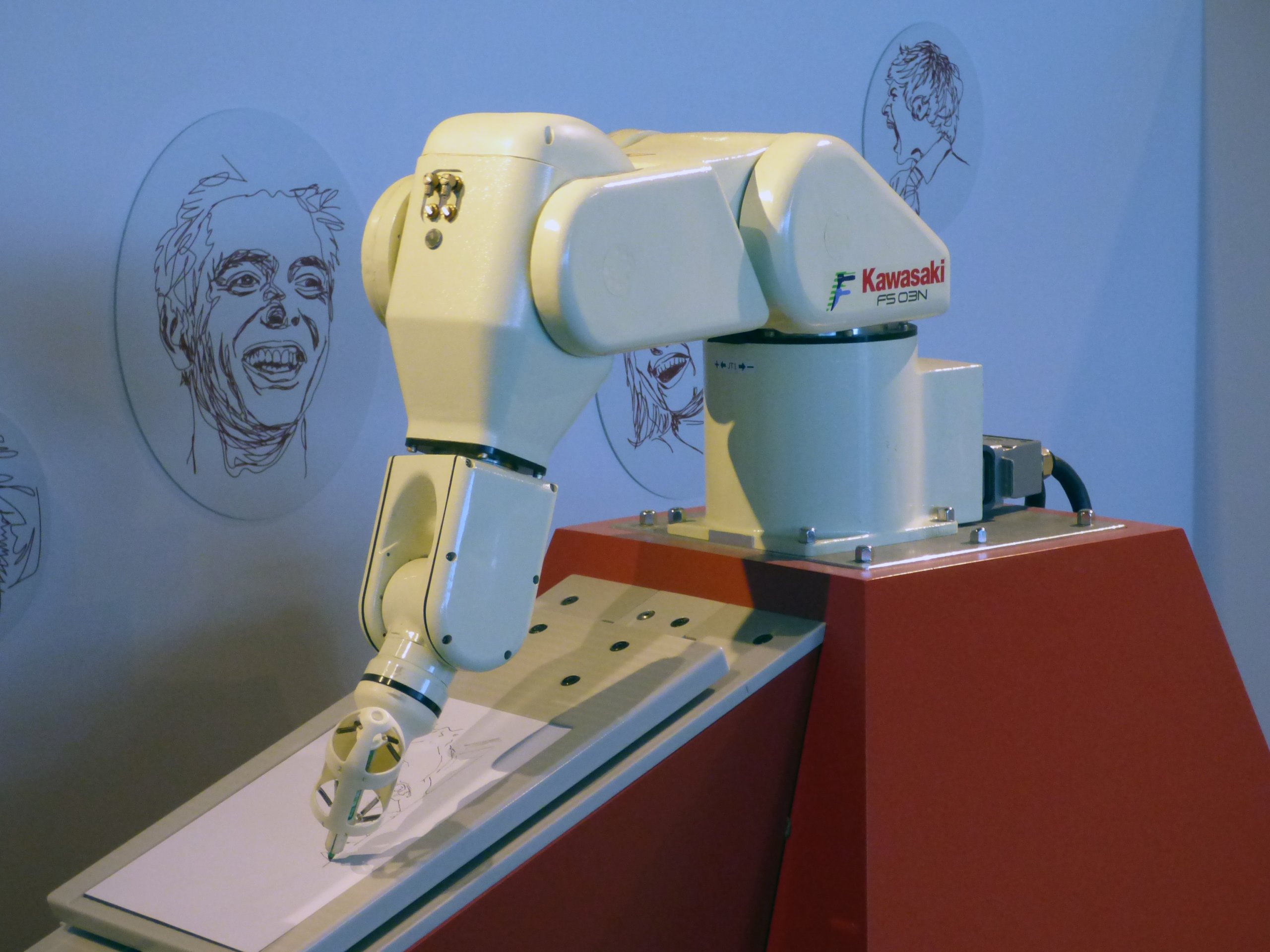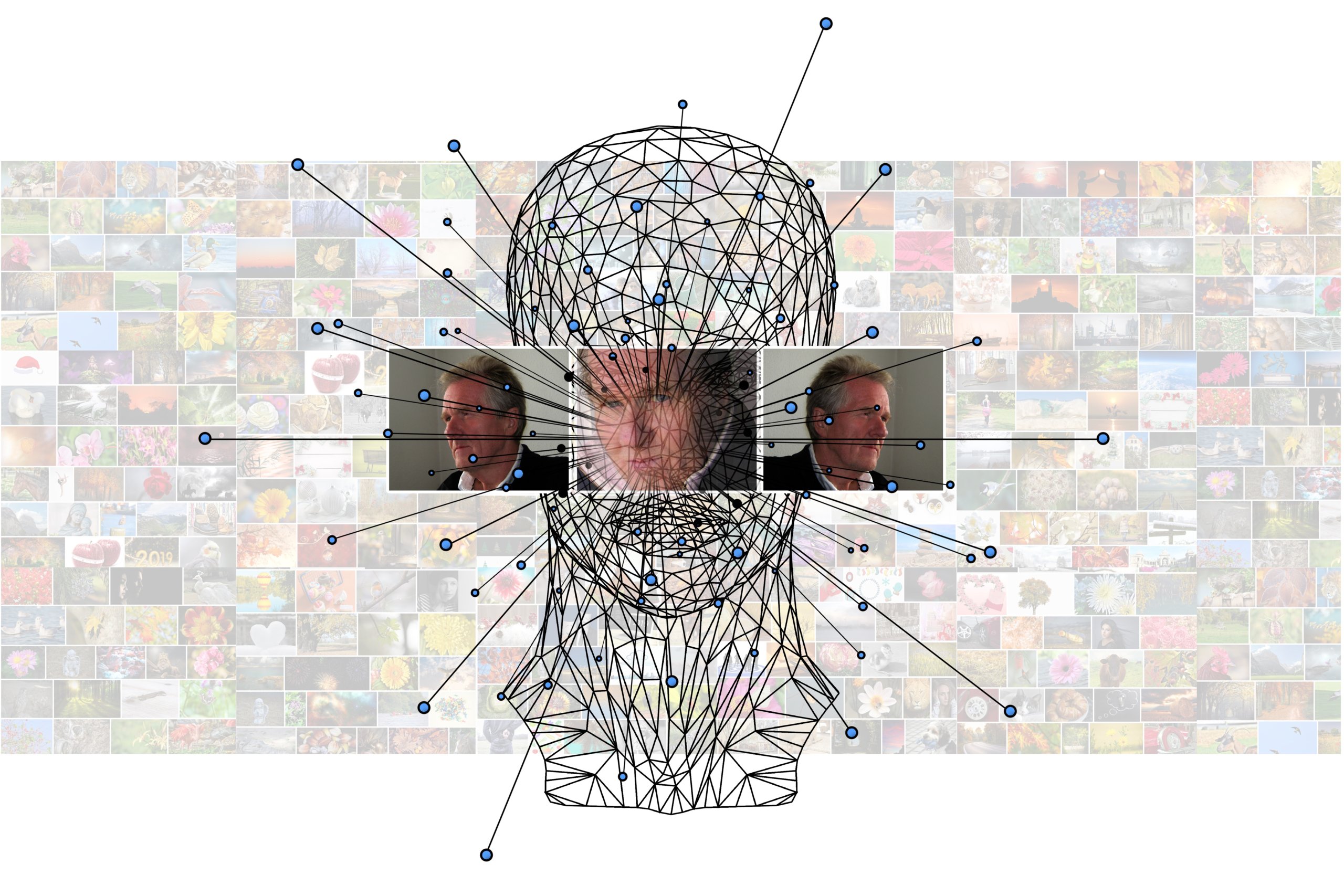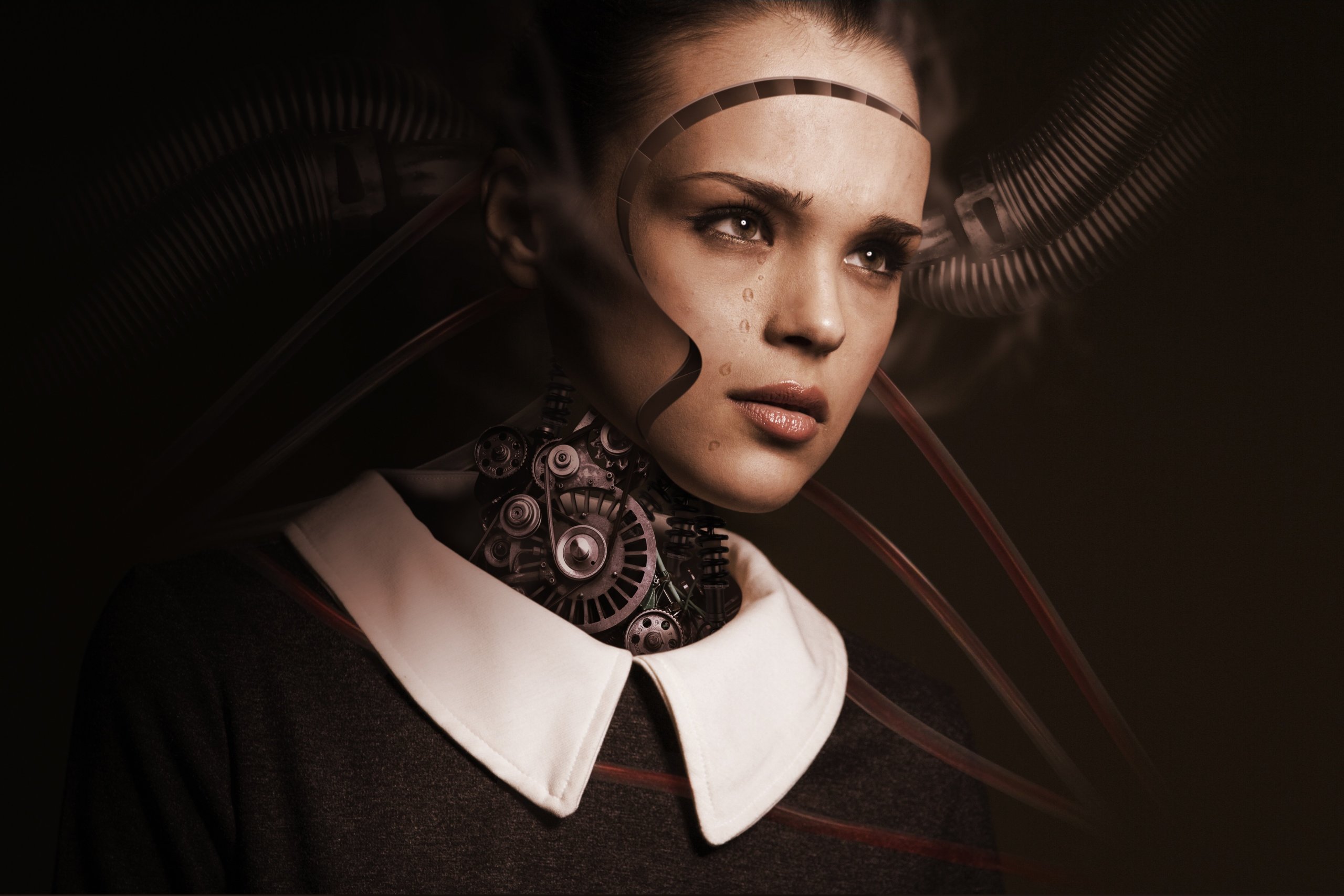 For many experts, artificial intelligence (AI) that can complete creative and abstract work such as writing, composing music, and painting is the holy grail for the technology. But new creative AI applications are already pushing the frontier of what we know to be possible.
For many experts, artificial intelligence (AI) that can complete creative and abstract work such as writing, composing music, and painting is the holy grail for the technology. But new creative AI applications are already pushing the frontier of what we know to be possible.
“AI artists” are prevalent these days, and they’re actually quite good at what they do. The field is no longer novel as hundreds of these artists have flooded it with variations on all kinds of art and music, but that doesn’t make their creations any less interesting or thought-provoking.
Using an algorithm like any other AI application, a robotic arm or computer application can compose beautiful music, unique artwork, realistic movie plots, and impressive poetry. These creations compel the viewer to ask themselves about what humans intrinsically see as art, who can generate it, and what it means for the future of AI and humanity.

Painting Another Reality
Ai.Da is an equipped with AI algorithms. She looks ultra-realistic (in the face), and her robotic body enables her to sculpt, draw, and paint. Using a camera as an eye and a pencil, paintbrush, or sculpting tool, she’s generating profound artwork that could easily pass as human-made. Her first solo exhibition, named Unsecured Futures, will be held at Oxford University this month.
Ai.Da’s ability to draw and paint is likely to make humans think that she has feelings, thoughts, or even consciousness. Despite not possessing these very human traits, her drawings seem to be full of emotion and forethought. The people behind Ai.Da believe she’s a great stepping stone into deep discussions about ethics, AI, creativity, and more.

Her organizers say, “Humans are confident in their position as the most powerful species on the planet, but how far do we actually want to take this power? To a Brave New World (Nightmare)? And if we use new technologies to enhance the power of the few, we had better start safeguarding the future of the many.”
Faceless Paintings
AICAN is an AI artist created by Ahmed Elgammal; its most recent gallery exhibition was held in New York City earlier this year. The exhibit showcases canvas paintings of human-like portaits without faces.
What’s different about AICAN compared to Ai.Da is that AICAN is noted to be a collaboration between a human and machine.
Elgammal founded and is the director of the Art and Artificial Intelligence Laboratory at Rutgers University. He says AICAN is an autonomous AI-enabled artist and a collaborative tool for artistic projects.
AICAN generated these creepy faceless portraits by training on over 100,000 images of Western art spanning five centuries. By forming its own aesthetic using machine learning to “learn” what art history entails and what other artists are creating, AICAN carved out its own niche of eerie imagery in the expansive world of art.
Profound Poetry
How can a machine write abstract but meaningful poetry? Here’s a snippet from Google’s PoemPortraits project:
Our transcendence adorns,
That society of the stars seem to be the secret.
Sounds ethereal and imaginative, doesn’t it? This AI-enabled algorithm was trained using deep learning neural networks and a ton of data: 20 million words of 19-century poetry worth.
The software takes a user-inputted word to write a unique poem. This is a great example of human-AI collaboration. The platform personalizes it further by allowing you to add a selfie.
Es Devlin, the creator behind PoemPortraits, says that the “AI doesn’t copy or rework existing phrases, but uses its training material to build a complex statistical model. As a result, the algorithm generates original phrases emulating the style of what it’s been trained on.”
One of the coolest parts of the project? All of PoemPortrait’s mini-poems are part of a much larger poem generated by other users. It’s a holistic poem based around collaboration and algorithms.
Composing Music
AIVA Technologies is creating some seriously beautiful music for movies, commercials, trailers, and TV shows. But it’s all generated by an AI that, again upon first glance, sounds like it has its own set of emotions and feelings. Its music is almost completely indistinguishable from human-composed music.
The company also has a music engine named after AIVA that allows users to generate original compositions through a multitude of approaches. For example, a user can upload an existing music score (created by humans), choose a temp track, and give AIVA full reins to compose an original track.
Another approach is to use pre-programmed algorithms to compose music in already-defined genres, like classical, metal, and oriental.
As it stands, AIVA music engine is getting marketed towards film producers and filmmakers (for obvious reasons). But the creators of the platform envision a future where any user can generate personalized music based on their tastes, interests, and current mood.
Creating New Art
If any of these AI in art examples made you think a little bit more about the role of AI and humans in creativity, then we’ve already come a long way in how AI is perceived as a technology. These types of examples point to a greater trend of allowing AI to take on more creative and abstract work across many industries.
What is your favorite piece of artwork or music? Do you think AI could one day create something similar? As always, let us know your thoughts in the comments!





